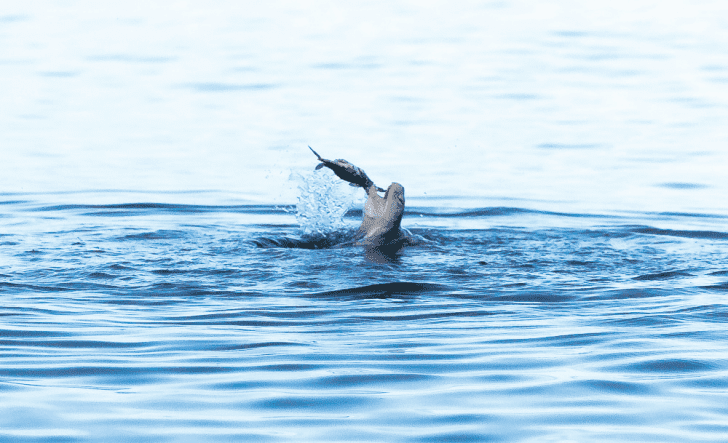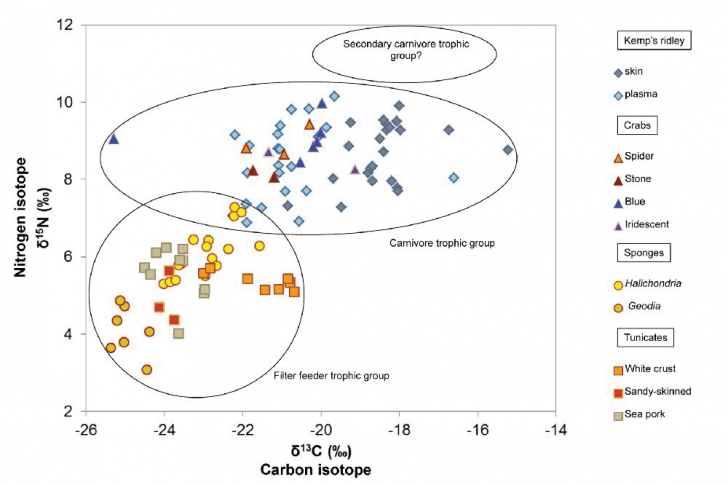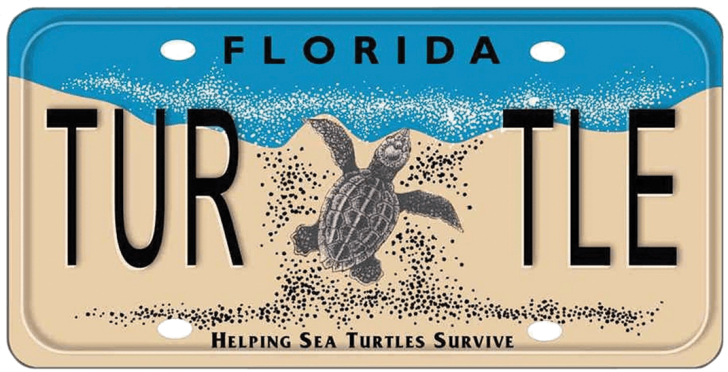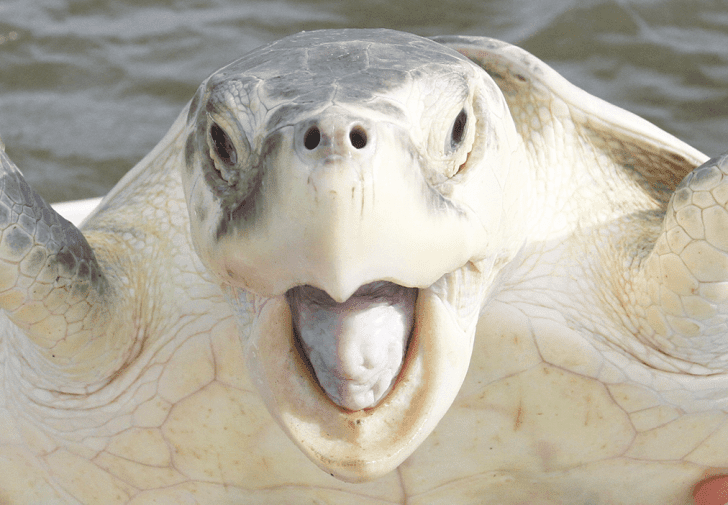
The Conservancy of Southwest Florida was recently awarded a research grant from the Sea Turtle Grants Program. Conservancy Research Manager Dr. Jeff Schmid, Mr. Greg Curry of Rookery Bay National Estuarine Research Reserve, and Dr. Jeff Seminoff with NOAA’s Southwest Fisheries Science Center will continue their collaborative studies on the role of Kemp’s ridley turtles in the estuarine food web of the Ten Thousand Islands.
The Kemp’s ridley is considered one of the most endangered marine turtle species in the world and understanding dietary habits is essential for effective conservation of important feeding grounds, such as the bays and estuaries of Southwest Florida.

Kemp’s ridley turtles are described as “crab-eaters” but food items other than crabs have been observed in their diet. In 1999–2000, diet studies in the Ten Thousand Islands found that turtles primarily consumed solitary tunicates (aka sea squirts living apart from other individuals) which had not been reported in any other investigations of their food habits. Ongoing studies discovered that Kemp’s ridleys had shifted their diet from solitary tunicates to that of sponges and colonial tunicates in 2014–15. These are also novel food items for the species. Spider crabs and other crab species became more frequent prey items in late 2015 and then turtles switched to a primarily crab diet during 2016–17. The reason for the long-term and short-term shifts in prey consumption are unknown, though environmental disturbances are suspected. Perhaps more importantly, these changes demonstrate plasticity in the food habits of turtles in this region. Kemp’s ridleys are able to adapt to changes in the estuarine environment by modifying their feeding behavior.

The chemical composition of an organism is derived from its diet, hence the concept of “you are what you eat”, and stable isotope analyses have become an increasingly common tool to investigate feeding (trophic) relationships of marine turtles. Living organisms are composed of six main chemical elements: carbon, hydrogen, oxygen, nitrogen, phosphorus, and sulfur. The concentration of nitrogen isotopes establishes an organism’s trophic level or position in a food chain/web, whereby organisms at higher levels have accumulated more nitrogen relative to the items they feed upon. Carbon and sulfur isotopes are useful for identifying the source of nutrients in an ecosystem (terrestrial vs. aquatic, freshwater vs. marine, inshore vs. offshore, etc.). Complimentary to the diet studies, the isotopic composition of Kemp’s ridleys is being compared with that of their prey and habitat components (crabs, tunicates, sponges, and drift algae) to create a trophic model for the Ten Thousand Islands estuary.

A preliminary trophic model of the Ten Thousand Islands ecosystem was consistent with the results of the corresponding turtle diet studies. At the time when samples were collected, Kemp’s ridleys and various crab species occupied a similar trophic level (i.e., carnivore group in the image below) which indicates crabs were not major food items for turtles. Diet studies demonstrated that sponges and colonial tunicates were the primary prey for Kemp’s ridleys at this time and, as expected, these food items occurred at a lower trophic level (i.e., filter-feeder group). Turtles later shifted to a primarily crab diet and the ongoing research will investigate whether this shift resulted in a change to a higher trophic level (i.e., secondary carnivore group). Turtles would therefore exhibit trophic plasticity by occupying more than one position in the estuarine food web, both a carnivorous grazer and a carnivorous predator, probably in response to prey availability at lower levels.

Speaking of plastics (not really, but a catchy lead-in), Kemp’s ridleys seem to consume less human-generated, or anthropogenic, marine debris compared to the other turtle species. It has been suggested that Kemp’s ridleys may be less likely to ingest anthropogenic debris because they pursue more active prey, such as crabs, but turtles in the Ten Thousand Islands also eat tunicates and sponges that are attached to a substrate on the ocean floor. Perhaps there is less marine pollution in this region compared to more urbanized estuaries. That said, there is considerable recreational fishing in these waters and a recently captured Kemp’s ridley had partially ingested monofilament fishing line. As stewards of this watery planet, we must make every effort to avoid anthropogenic debris in the ecosystems.
Our research activities are conducted under NMFS permit #18069 and FFWCC permit #136. This study is funded in part by research grants awarded from the Sea Turtle Grants Program which is supported by proceeds from the sale of the Florida Sea Turtle License Plate. Learn more at www.helpingseaturtles.org.


